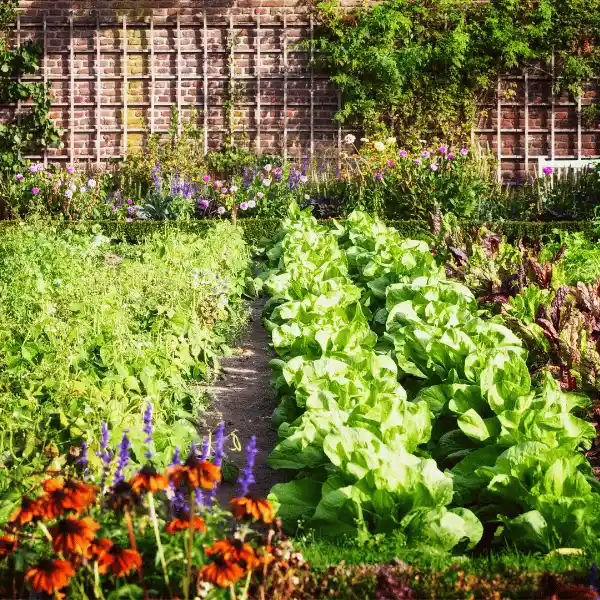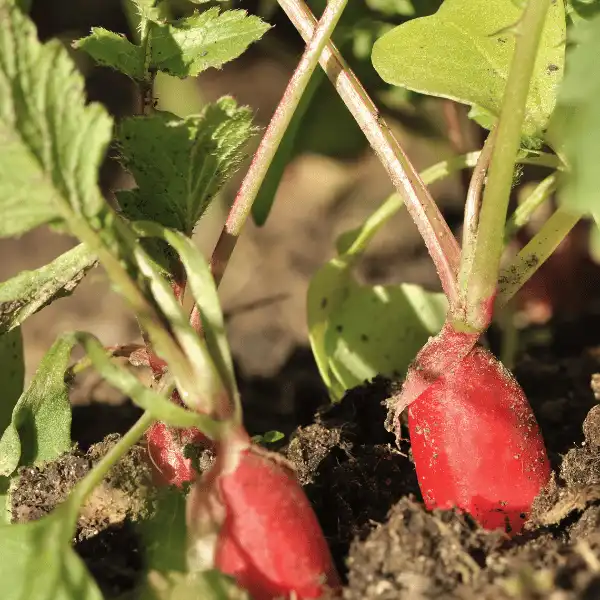This article is provided by Greenhouse Megastore to provide you with ideas for your garden…
Gardening is an activity that brings numerous benefits. The most direct benefit is eating vegetables at their nutritional peak that also taste better than what you get at the supermarket. It also improves your physical health and mental health.
Growing your own vegetables can be a fulfilling experience, whether you have a large backyard or just a small balcony. However, gardening is a learning process, and everyone starts somewhere. Even experienced gardeners had to plant their first seed at some point. In this article, we will go over some basics to help you get started yourself.
How to grow a vegetable garden
1 – Choose the right location

Where you decide to place your garden and start planting is going to have a direct impact on how well it does.
Vegetables need plenty of sunlight, so look for a spot that gets at least six hours of direct sunlight each day. If you don’t have a large yard, don’t worry. Many vegetables can thrive in gardening pots on balconies or patios. Just make sure your containers get enough sunlight and have good drainage.
A sheltered spot can prevent your plants from being damaged by strong winds or heavy rain. However, ensure that this shelter doesn’t block the sunlight your plants need. Also, make sure it’s placed where bees can find your garden. Planting flowers nearby or having a bee-friendly garden can attract these beneficial insects.
Vegetables grow best in rich, well-drained soil. You can improve your soil with compost or organic matter but try to look for a spot with good quality soil.
2 – Pick the right vegetables to grow

Where you live is going to determine which vegetables you should grow. Find out the hardiness zone of your area so you can pick vegetables that thrive in that zone. Some vegetables are more suited to cooler temperatures, like lettuce and peas, while others, like tomatoes and peppers, thrive in warmer weather. It’s also important to plant your vegetables at the right time of the year for the best chance of success.
For beginners, start with vegetables that are known for being easy to grow. These could be radishes, carrots, and beans, which are forgiving if you aren’t on top of things. They are great for gaining experience in the early stages of gardening.
3 – Daily care
Taking care of your vegetable garden daily is essential for its success. One of the most important tasks is watering. Vegetables need a consistent supply of water to grow, but it’s vital not to overwater them. A good rule of thumb is to water deeply but infrequently.
Another key task is weeding. Weeds compete with your vegetables for nutrients and water, so it’s important to remove them regularly. Pruning and thinning your plants is also important. This involves removing parts of the plants that are dead, diseased, or overcrowding. It helps to improve air circulation to prevent fungus and diseases.
